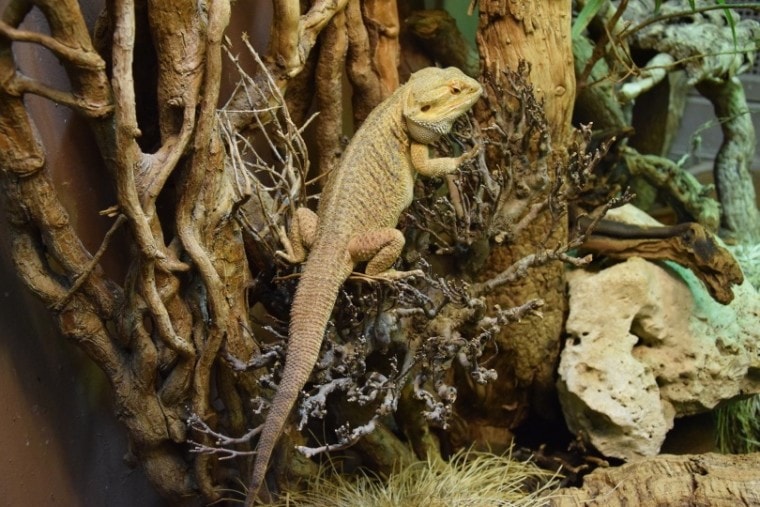
Bearded dragons are medium-sized lizards. They come from Australia, where they live in warm, arid areas including deserts, subtropical areas, and savannas. They live off insects and will also eat some of the plants that are found in these areas. In captivity, they are quite docile animals that rarely show aggression and will tolerate human handling. They do require specific environmental and housing requirements to lead a happy and healthy life, as most pets do.
Generally speaking, they are good pets. However, they do require a bit of a learning curve for most owners, and they aren’t nearly as cuddly as dogs or cats. Read on while we cover everything needed to raise your first beardie.
 What Bearded Dragons Need
What Bearded Dragons Need
If you intend to keep one or more as pets, your beardies will need the following to ensure their health and happiness.
Enclosure
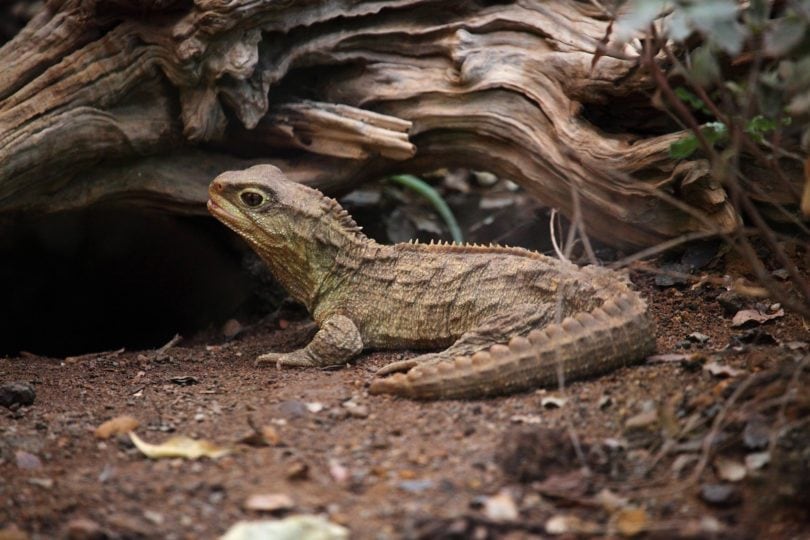
These critters need a decent amount of space. A beardie’s enclosure needs to prevent escape, be accessible for cleaning, and allow for the necessary heating and lighting. Bear in mind, you will probably be leaving live food like roaches and hoppers in the tank, so you really need to ensure that there are no exits.
Heating
The temperature in most of the enclosure needs to be around 80° F. You also need to provide a basking spot where the temperature is closer to 100° F or even 120° F. This requires heat lamps, basking lamps, and even heat mats to get the desired temperature without causing discomfort or dangerously hot spots.
Lighting
The beardie is not only a sun-loving lizard, but it needs full-spectrum UV lighting to survive and thrive. This means that you will have to provide a UVB lamp. Without this type of light, your beardie will fall ill and it could prove fatal.
Diet
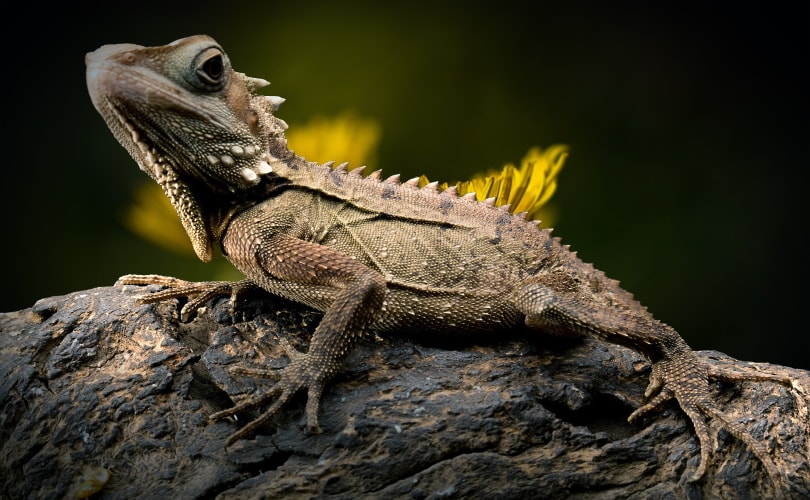
The beardie has relatively simple dietary requirements compared to some exotic pets, but it does still require some live feeding. You will need to feed crickets, locusts, or roaches, as well as mealworms. The beardie also eats leafy greens and will need supplements to ensure that it gets all the vitamin D and calcium required.
Decoration
Provide a basking rock or basking spot, some kind of hide in which your beardie can escape from the world, and offer foliage or branches to climb. Your bearded dragon doesn’t need complex scenery or toys but may benefit from some other items around its enclosure.
The Positive Side of Bearded Dragon Pet
The bearded dragon is often described as being a good starter lizard, and the benefits of owning this type of reptile include:
Decent Size
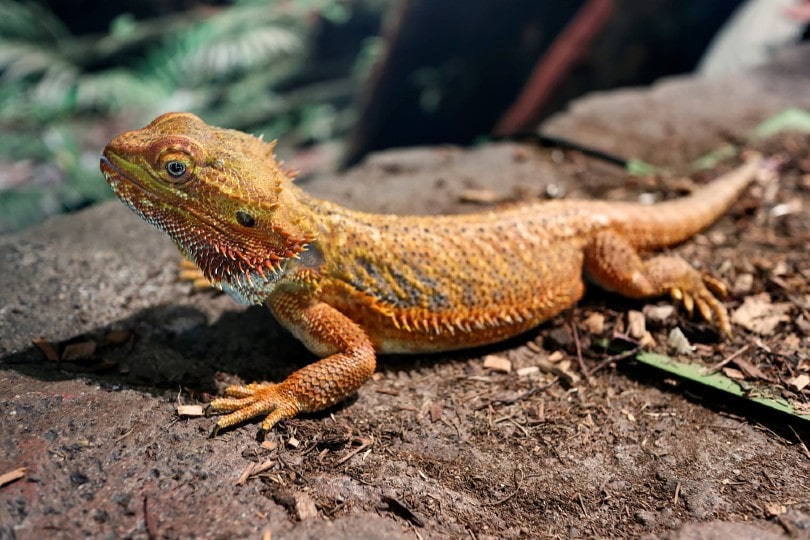
The bearded dragon is a medium lizard. It won’t grow as big as iguanas, which need their own room in the house, but it won’t be so small that you have to panic every time you handle him. Expect an adult to reach 2 feet in length with half of this being the tail. It can comfortably sit on your hand and you won’t have to worry unduly about squashing it between your fingers.
Easy To Handle
Although you will need to wash your hands before and after, handling a bearded dragon is considered easy. They are not overly nervous or skittish, are not prone to jumping from hands at height, and will usually just sit in the hand and check out the local surroundings. A typical beardie will easily tolerate around 10 minutes of handling a day.
Fairly Easy to Feed
You do have to live feed your bearded dragon, which means that you will be popping live insects into the enclosure for them to eat. This means that you will have to head to your local pet shop to buy tubs of crickets, locusts, and roaches, or breed your own. The food is easy to source, however, with most pet shops now stocking the hoppers you need.
Quick Growing
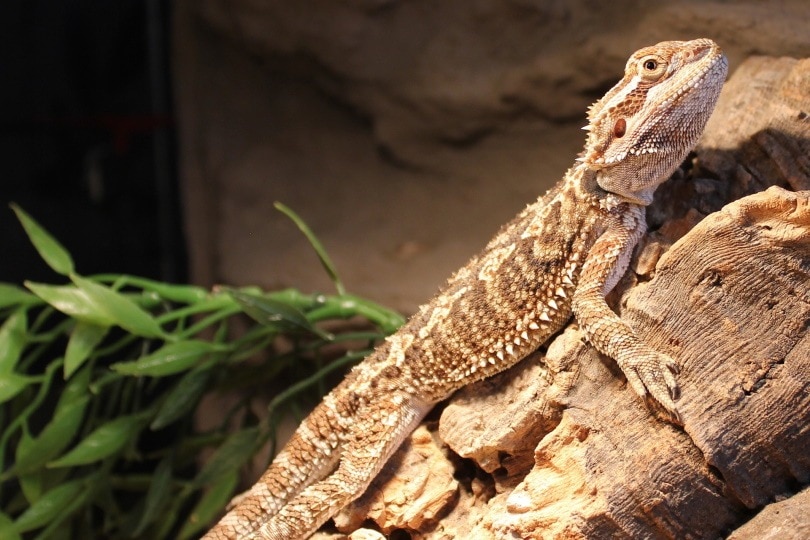
Bearded dragons reach a mature, full size at around 18 months, which is better than having to wait several years for other types of lizard to reach full scale.
More Adaptable Than Some Lizards
Bearded dragons do require a reasonable level of humidity in their tank, especially when shedding, but they are not as demanding as other lizards. They will usually adapt to the humidity you offer, within reason.
The Negative Side of Bearded Dragon Pet
As great as bearded dragons are, and as intriguing and exciting as their behavior is, they are not the ideal pet for all owners. Some of the reasons you may wish to avoid this species include:
Proper Lighting Is a Challenge
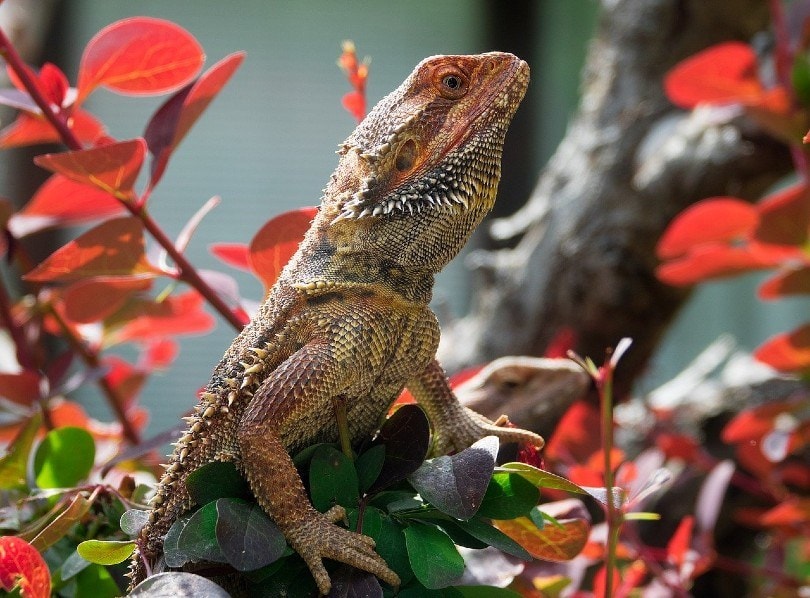
While achieving an appropriate humidity level is relatively easy, the same cannot be said for lighting. They require a constant source of UVB light, with a day/night cycle that matches their wild habitat. If you fail to provide this, they can suffer from a vitamin D deficiency and get ill. You will need to provide at least two lamps, typically three, to ensure that your beardie has the right lighting setup in its home.
They Are Voracious Eaters
Beardies eat a lot. They are considered easier to feed than some picky lizards, but if yours is healthy and growing, expect to buy a lot of hoppers regularly. This also means that you will have to carefully monitor the amount you feed and the amount your beardie eats, to prevent them from becoming overweight or obese.
They Are Quite Dirty
Animals that eat a lot, then poop a lot, and this is true of the bearded dragon. You will have to clean the enclosure regularly and swap out the substrate often. Not only does this mean regular skimming and spot cleaning, but it can prove expensive and somewhat inconvenient having to keep buying new bags of substrate. However, if you fail to clean the enclosure, your beardie can get ill because of the bacteria that form and grow.
Parasite Carriers
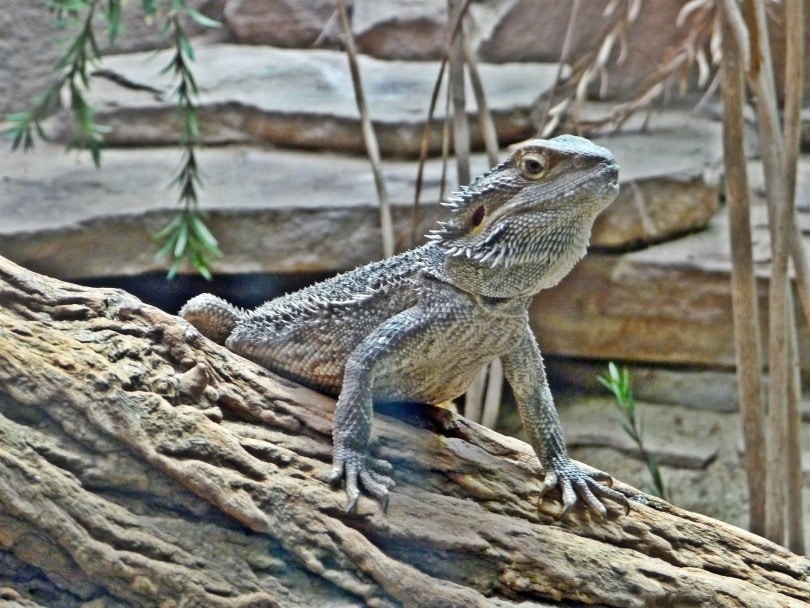
Captive-bred reptiles tend to be parasite-free, but if you buy a wild-caught lizard, it will have parasites. Also, some captive-bred examples still harbor parasites, and this is especially a problem if multiple dragons are kept together, which is often the case in reptile houses and pet shops.
Space Requirements
A bearded dragon should be given at least 4 square feet of enclosure space. This allows for a good gradient of light and heat across the enclosure and provides enough room for your little lizard. If you have room, you should aim to provide twice this space, and that is a lot of room compared to a lot of other small pets. If you don’t have space, don’t consider a beardie.
 Bearded Dragons as Pets
Bearded Dragons as Pets
Bearded dragons are intriguing and fun little lizards with some quirky habits, especially head bobbing. They tolerate being handled, don’t tend to be picky eaters, and can adapt to a range of humidity levels in the tank. However, they can be messy, do require live feedings of insects, and they need quite a lot of enclosure space. They make good pets as long as you have the time and the willingness to learn.
Featured Image Credit: Arledas, Pixabay

 What Bearded Dragons Need
What Bearded Dragons Need






